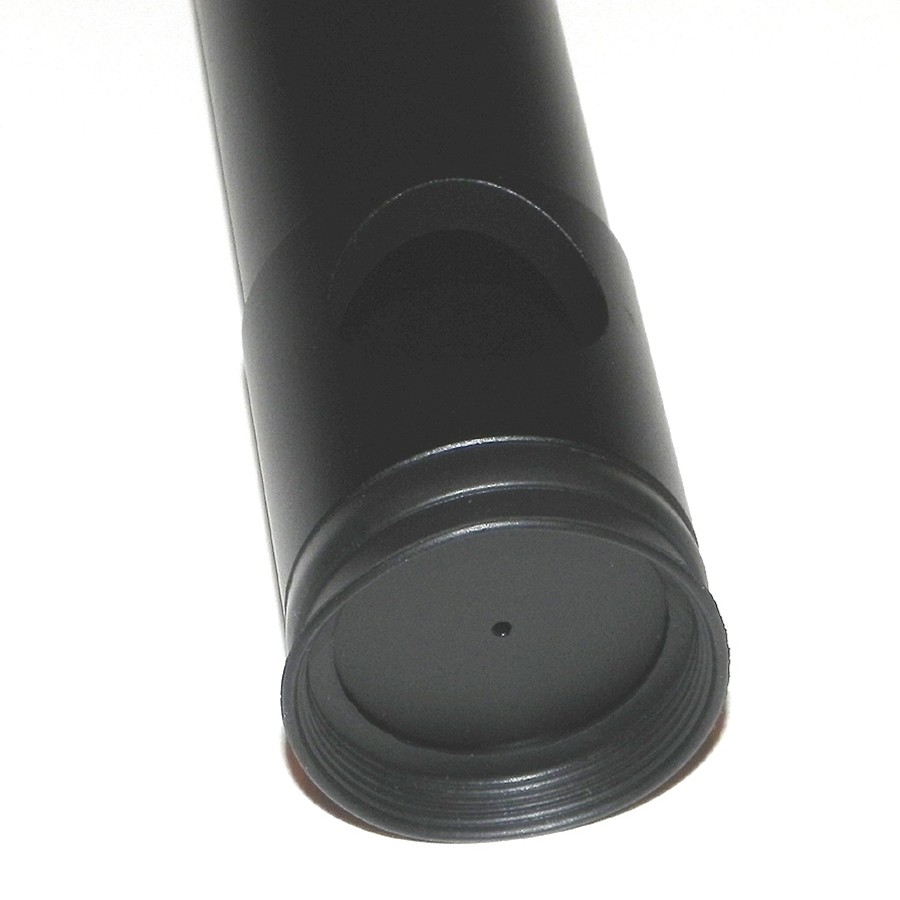

During a star test, the optical components are aligned using a bright star as a reference point.Īdjust the secondary mirror.

To align the mirrors, a laser collimator beam of light is directed through the telescope. Various collimation tools are available, including a collimation cap, a laser collimator, and a star test. You may find detailed instructions on collimating your telescope in the manual, along with a list of any specialized equipment or methods needed.
Collimating a reflector telescope manual#
It’s crucial to read your telescope’s instruction manual before you start collimating it. Image credit: The procedure of collimating a telescopeĭepending on the type and design of the telescope, the procedure of collimating a telescope can vary, but the fundamental steps are as follows:Ĭonsult your telescope’s instruction handbook. On the other side, if the circles appear to be improving, keep adjusting the same screw. You must return the screw to its original point and try moving it in the opposite direction to see if that improves the situation after you notice that the diffraction pattern is becoming further out of focus. To avoid further confusion, pay close attention to which screw you moved, how much you moved it, and in which direction. In addition, place the telescope on a flat surface, and instead of pulling on all the locking screws at once, which can be confusing, you should focus on just one when you first begin to pull on the locking screws.īecause even the smallest adjustment screws will affect the primary mirror and the secondary mirror of the telescope, you must move with great caution and precision. Use a device that connects to your Newtonian reflector telescope to get a clear view of the image, or get assistance from a friend. While doing this, you must make sure that the pattern is visible to you. It feels like you are softly pulling and pressing them. The circles in the diffraction pattern will be able to move a little as a result, becoming more concentric. Once they are correctly positioned, gently tighten or loosen the secondary mirror holder where the three adjustment screws are located without touching the secondary mirror. Additionally, it has adjustable collimation screws. You’ll notice that it is held in place by something, like a glass pane. The secondary mirror, which is positioned on the front of the telescope optical tube, must first be found. Image credit: Collimation of Newtonian reflector telescopeĭespite the reflector telescope’s appearance of complexity, it has three optical components: the main mirror (commonly referred to as the “primary mirror”), a small, flat mirror towards the top of the sight tube (known as the “diagonal” or “secondary mirror”), and the magnifying eyepiece you use to view the object. Don’t give up if accurate collimation doesn’t work perfectly the first time it can take numerous tries. Patience and practice are essential when collimating a telescope because it can be a difficult operation, especially for novices. The weather can also have an impact on the collimation process, especially if it is windy or cloudy as this can cause the telescope to move or vibrate, making proper collimation more challenging.īefore collimating, it is crucial to ensure that the telescope is perfectly aligned and stable because any movement or vibration can interfere with the collimation procedure. Because it can be more challenging to view the optical components in low light, it is recommended to collimate your telescope during the day or in the early evening while there is still some daylight. Check the primary mirror and the secondary mirror, lenses, and other optical components for dust or other debris that can affect the collimation.
Collimating a reflector telescope free#
Before collimating your telescope, check to see that it is in good shape and free of any damage or flaws that can interfere with the collimation procedure. If you are doubtful, refer to the instruction booklet or ask a skilled astronomer or telescope technician for assistance.Ĭondition of the telescope. The collimation procedure can vary based on the type and design of the telescope, so it’s critical to choose the best technique for your particular telescope. The following are some important things to bear in mind:


 0 kommentar(er)
0 kommentar(er)
